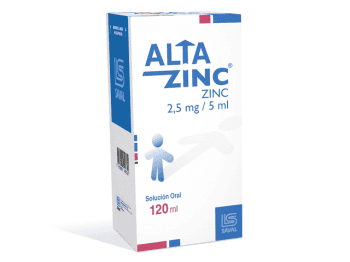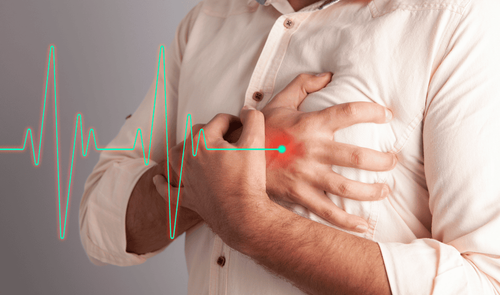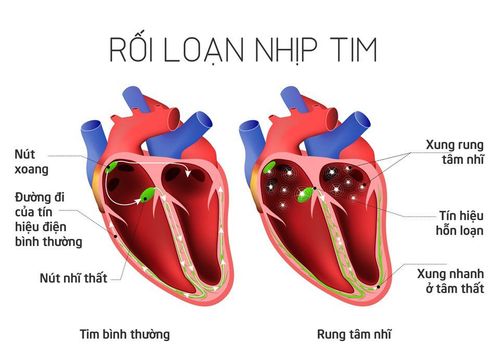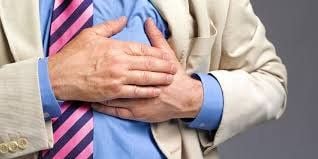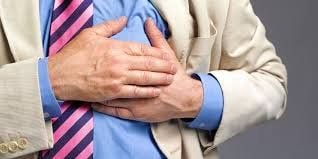This is an automatically translated article.
The article is professionally consulted by Master, Doctor Do Nguyen Thuy Doan Trang - Head of Extracorporeal Circulation Team - Cardiovascular Center - Vinmec Central Park International General Hospital. The doctor is a leading expert in Extracorporeal Circulation in cardiac surgery and cardiac resuscitation, Cardiovascular medical treatment.With the advancement of medicine, many patients with cardiovascular diseases are now treated by replacing artificial pacemakers. When having surgery to place an artificial heart pacemaker, the patient needs a suitable lifestyle to live with it.
1. Put on an artificial pacemaker
Pacemakers help control the heart rhythm when the patient has an arrhythmia. Pacemakers can increase the heart rate when the heart rate is slow, or decrease it when the heart rate is fast. Helps synchronize electrical activity between the atria and ventricles, helping the ventricles contract effectively in cases of cardiac arrhythmias such as atrial fibrillation.Placing a pacemaker is indicated for patients with bradycardia or a condition where the electrical impulses in the heart are traveling slower than normal or blocked. Pacemakers can be placed temporarily or permanently. A temporary pacemaker is placed to correct temporary heart rhythm problems such as after heart surgery, bradycardia after a heart attack, or drug overdose, etc. For rhythm problems Unrecoverable prolonged cardiac arrest requires permanent pacemaker placement.
2. Some notes after placing a pacemaker

Taking prescription drugs: Complying with the doctor's instructions, taking prescription drugs is important. The drug works in coordination with the pacemaker to help stabilize activities. Periodic medical examination: It is necessary to re-examine according to the doctor's appointment for advice and adjust the machine mode to suit the current health of the user. Besides, evaluate the wiring as well as the battery. What do pacemakers eat? Patients need to eat according to the principle of low salt, low fat and low starch. In particular, you should not eat foods containing a lot of vitamin K because it increases blood clotting such as: cruciferous vegetables, dark green vegetables, plums, cucumbers, ... Absolutely do not use stimulants. such as coffee, alcohol, beer, cigarettes, etc. Putting a pacemaker to get exercise is a matter of great concern. The pacemaker takes 8 weeks to adjust to the user's body. Therefore, patients should avoid movements such as: vigorous exercise, high swinging, heavy lifting, heavy exercise such as jogging... Go to a medical facility immediately after the appearance of abnormal symptoms. Usually such as: chest tightness, shortness of breath, dizziness, weight gain and edema of limbs, ... are unusual signs, need to go to the nearest medical facility for examination and advice. Use a pacemaker record card: The heart rate monitor record card will have full information including: treating doctor information, emergency contact phone number, machine parameters pacemaker, and implantation time,... In case of an emergency, it will reduce the time to take the patient's medical history, as well as learn the pacemaker parameters, the doctor will have a treatment plan. timely mind. Avoid prolonged exposure to certain devices such as mobile phones, music players, metal detectors, magnetic resonance imaging machines, generators, high-voltage wires, radiofrequency treatment, etc. These devices can interrupt the electrical signals of the pacemaker, making it not work properly. Some other notes:
Avoid putting pressure on the heart rate monitor implant site: Women should have a small pad between the skin incision and the bra strap. Bathing does not affect the machine, because the device is completely not exposed to water. Exercise according to the doctor's instructions such as: take a short walk, or exercise your limbs to help circulation. Patients can completely perform normal activities like other people of the same age. However, do not exercise too much, stop exercising if you feel tired. Appropriate exercise will help the patient get better. Use the means of transport as advised by your doctor. Some vehicles such as cars, trains, ... do not affect the patient's health. When performing dental medical procedures, talk to your dentist or technician about using a pacemaker in your body.

Please dial HOTLINE for more information or register for an appointment HERE. Download MyVinmec app to make appointments faster and to manage your bookings easily.





